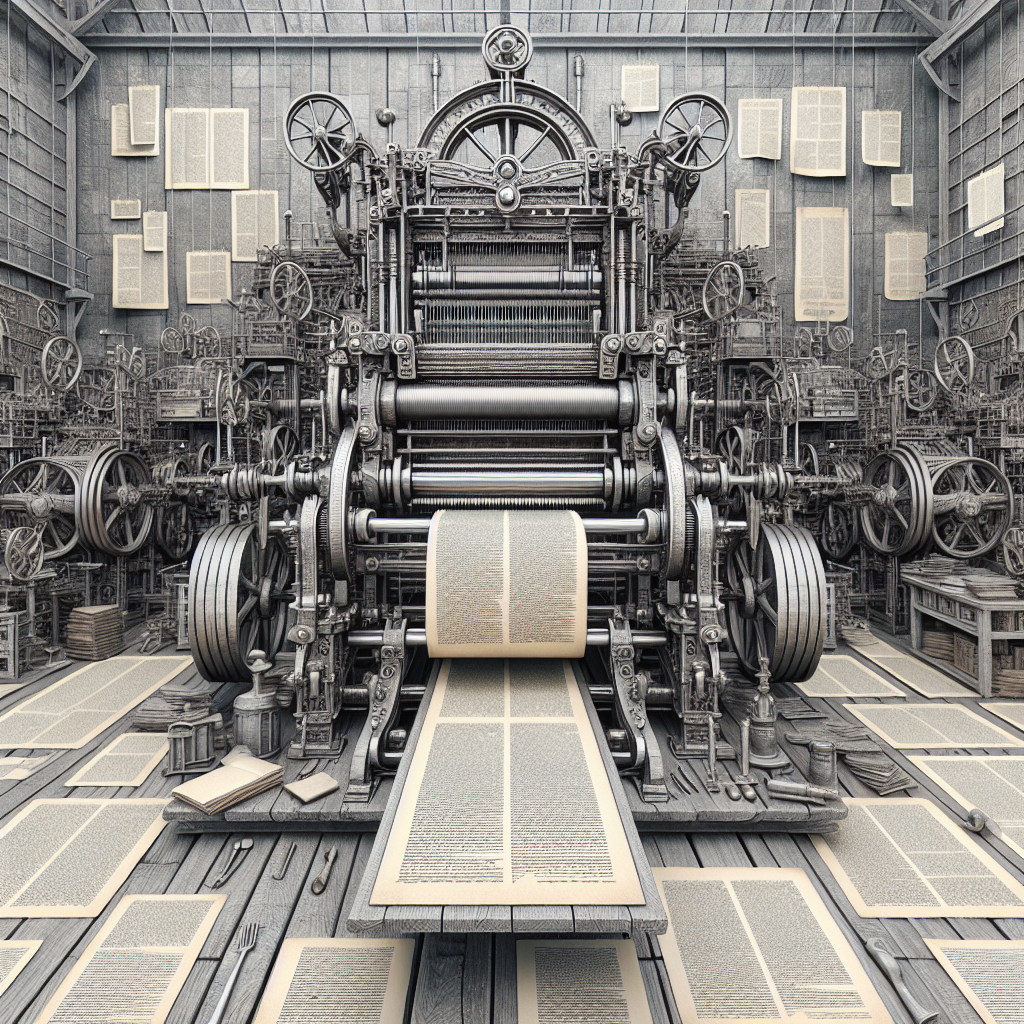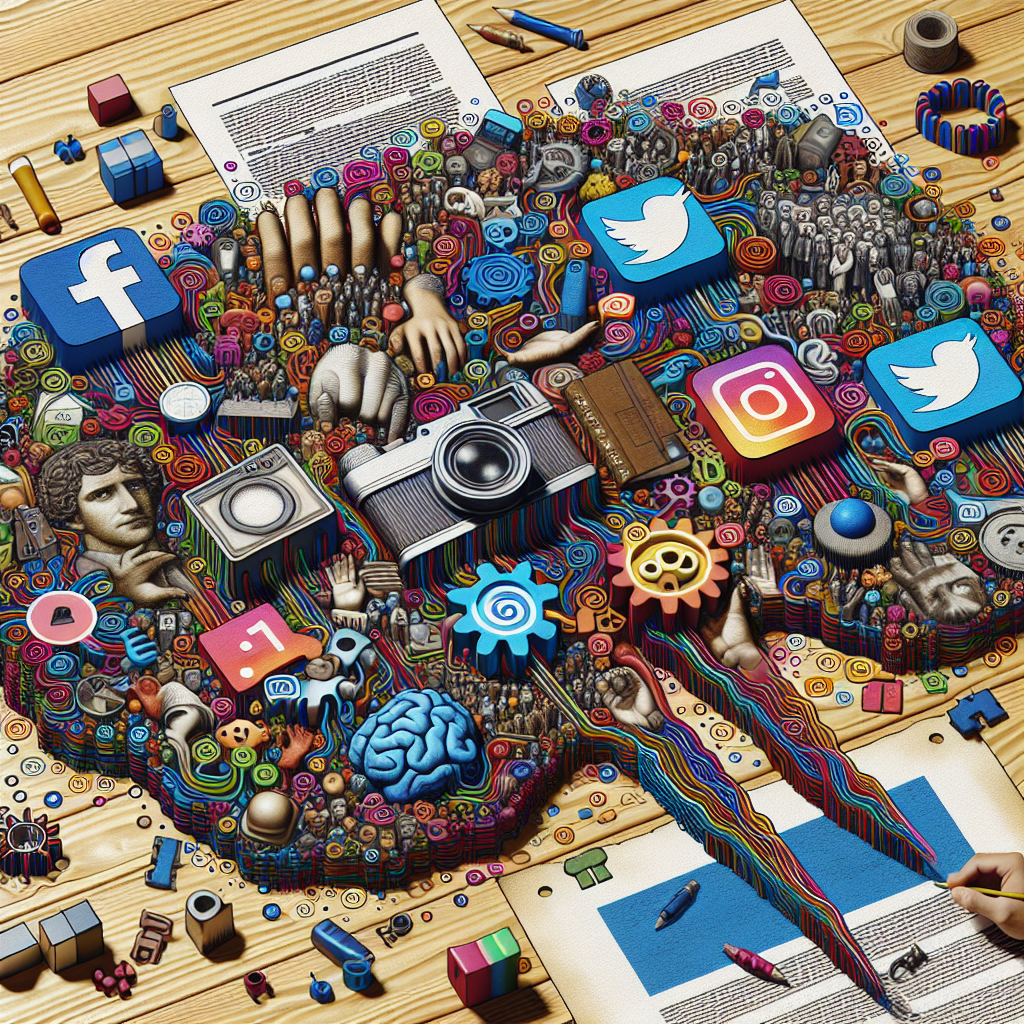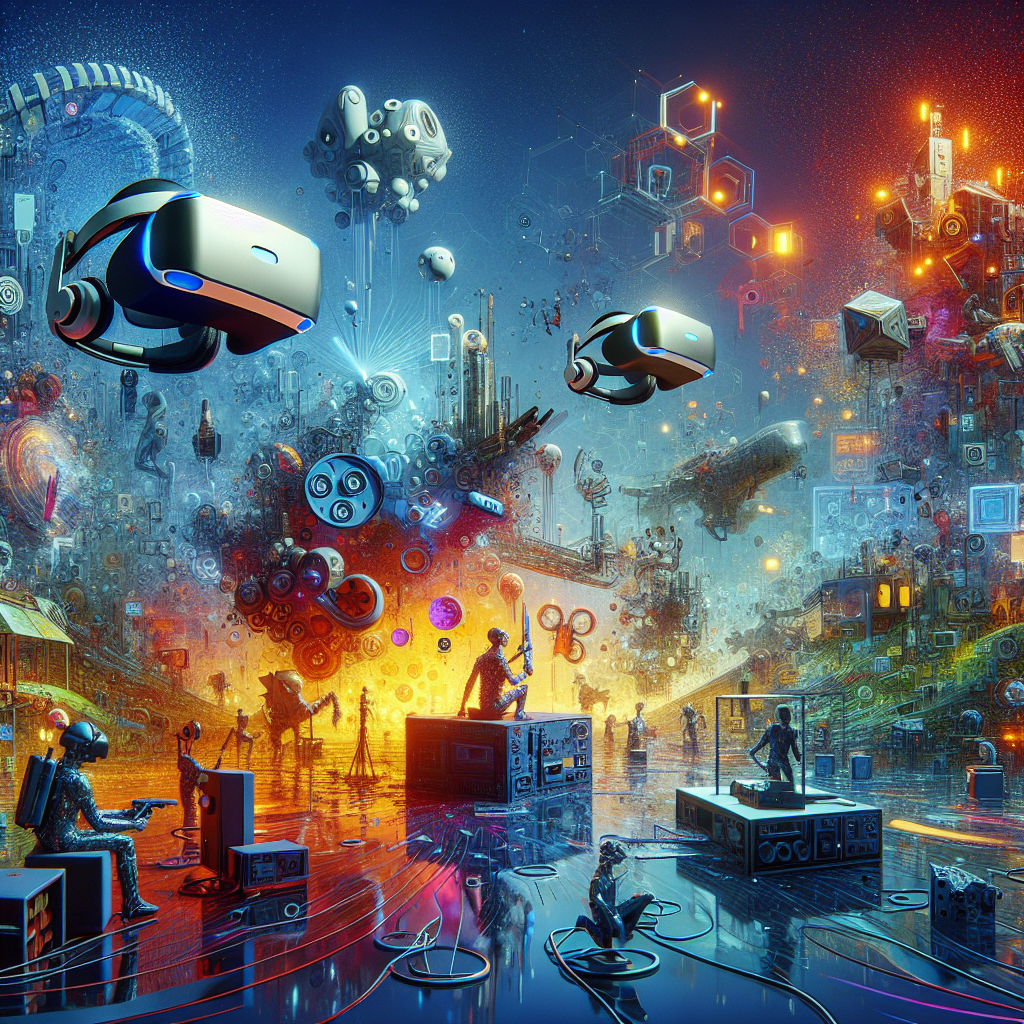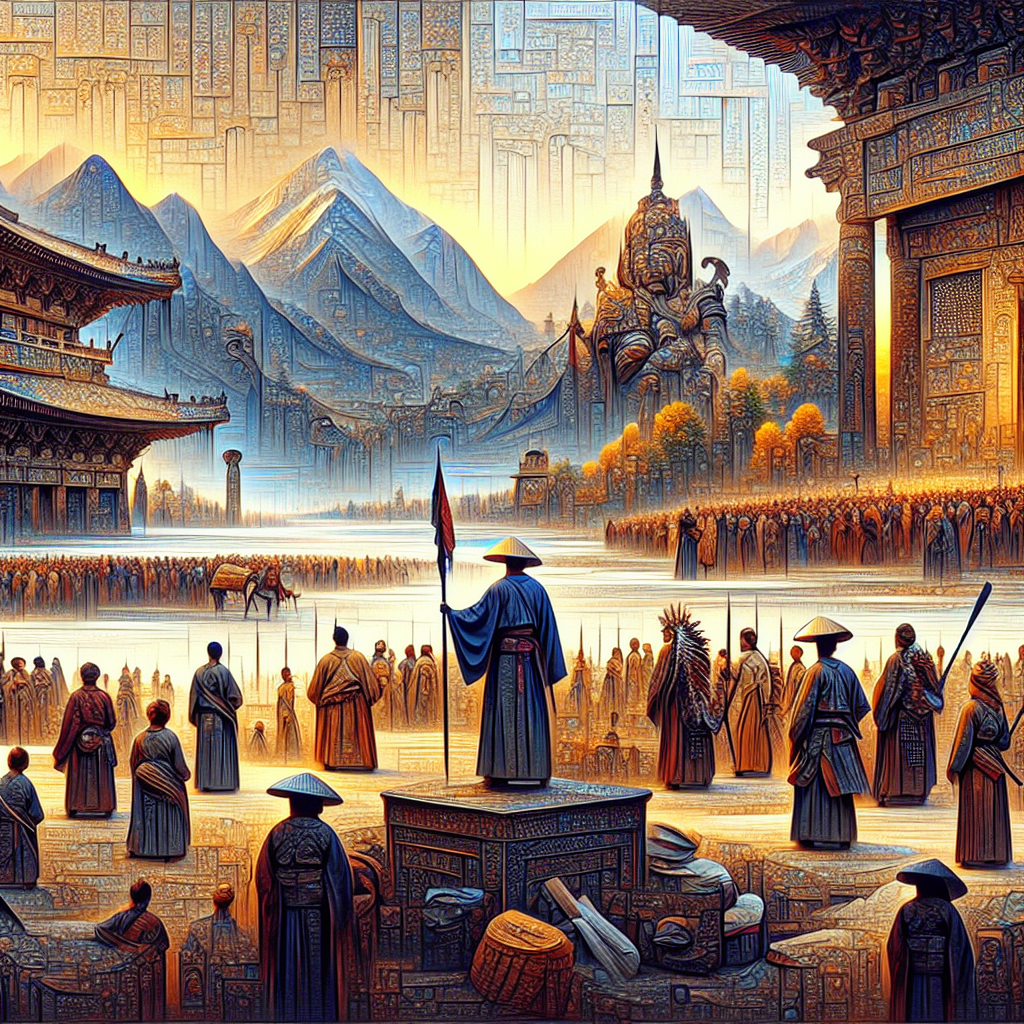In today’s digital age, the way we understand and interpret history is profoundly influenced by technology. The phrase ‘technology shapes historical narratives’ encapsulates the intricate relationship between our tools and the stories we tell about the past. From the invention of the printing press to the rise of social media, technology has continuously altered how we access, share, and construct historical narratives.
The Printing Press and the Democratization of Knowledge
The introduction of the printing press in the 15th century revolutionized the dissemination of information. Prior to this innovation, history was primarily recorded by hand, leading to limited access for the general populace. With the ability to mass-produce texts, more people could engage with historical narratives. This shift allowed diverse voices to contribute to the historical discourse, ultimately shaping a more inclusive understanding of the past.
Digital Archives and Accessibility
In the 21st century, digital technology has further transformed how we interact with history. Online databases and digital archives make historical documents accessible to anyone with an internet connection. This widespread availability empowers individuals to explore various perspectives on historical events, as well as to challenge traditional narratives that may have been dominated by certain groups. As a result, technology shapes historical narratives by enabling a wider range of interpretations and discussions.


Social Media and the Collective Memory
Social media platforms have become vital in shaping contemporary historical narratives. They allow users to share personal stories, photographs, and reflections on historical events, contributing to what is known as collective memory. These platforms can amplify marginalized voices, offering alternative viewpoints that may not have been represented in traditional historical accounts. However, the rapid spread of information also raises concerns about misinformation and the oversimplification of complex historical events.
As we navigate this digital landscape, it is essential to critically assess how technology shapes historical narratives. The tools we use to document and share history can enhance our understanding but can also distort it. By remaining vigilant and questioning the narratives we encounter, we can ensure a more accurate representation of the past.
In conclusion, the interplay between technology and history is complex and multifaceted. As technology shapes historical narratives, it redefines our relationship with the past, encouraging us to explore, question, and engage with history in innovative ways. Embracing this technological evolution allows us to create a richer, more nuanced understanding of our shared human experience.
Some content and/or images on this page were created using AI.





